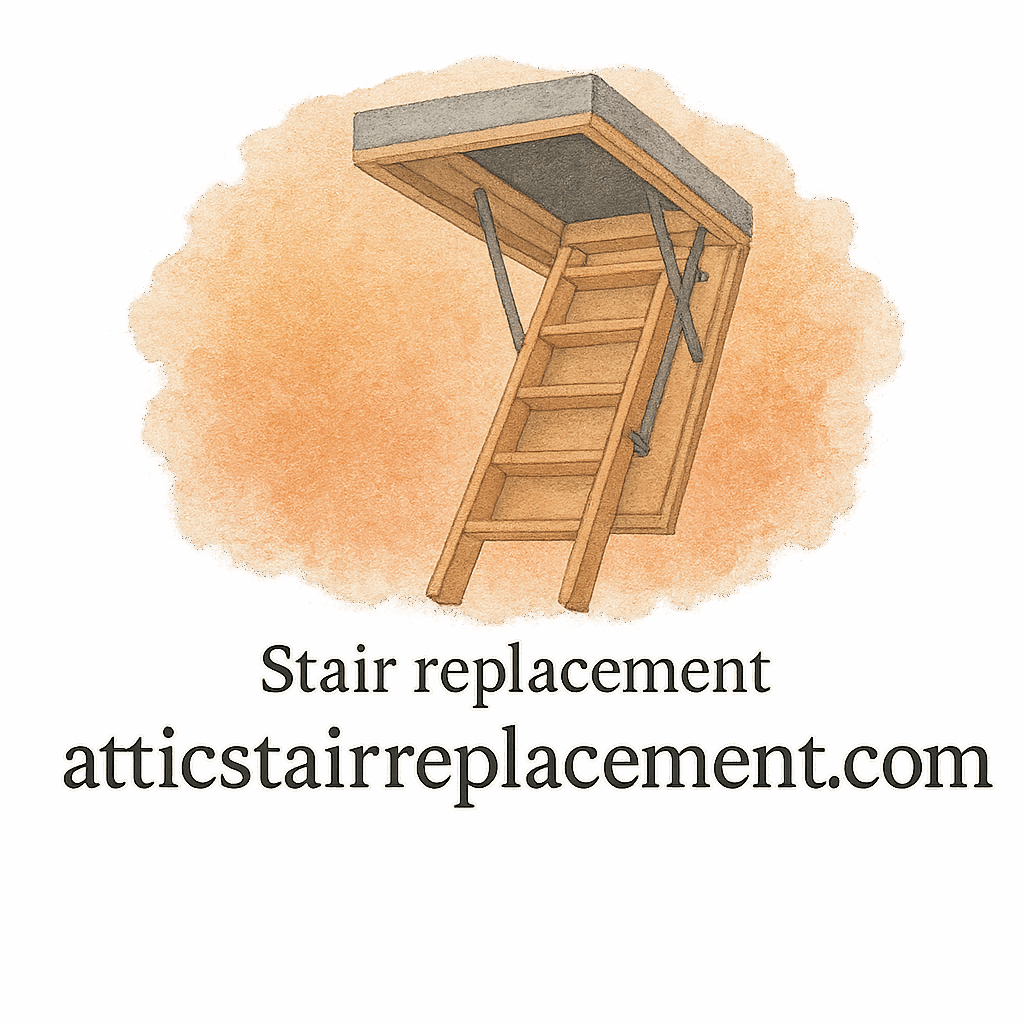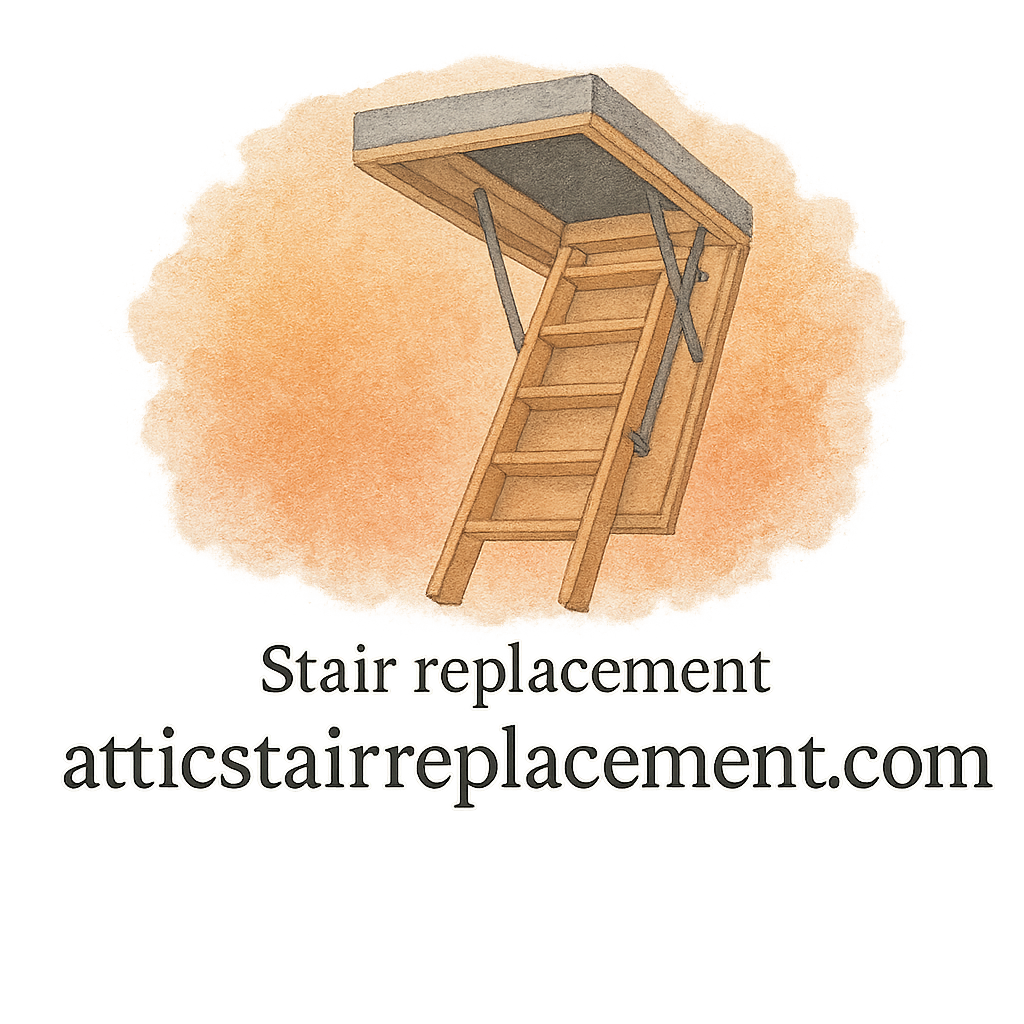Looking to swap out those old creaky attic stairs for something safer and more stylish—but you’re not a pro contractor? No worries! This guide breaks down six beginner-friendly attic stair replacement techniques that you can handle with a little elbow grease and a Saturday afternoon. Whether you’re a DIY warrior or just dipping your toes into home improvement, there’s something here for you.
Let’s climb right in (pun intended).
Why Replacing Your Attic Stairs Matters
Let’s face it: those old stairs might be more dangerous than helpful. Replacing your attic stairs isn’t just about looks—it’s about safety, accessibility, and even energy efficiency.
Old stairs can:
- Sag or break under pressure
- Leak air and increase energy bills
- Be a hazard to kids and pets
Whether you’re tackling a small home improvement project or planning a full-on renovation, replacing attic stairs is a step in the right direction (pun totally intended again).
Tools You’ll Need for the Job
Before diving into the techniques, let’s round up your toolbox:
- Measuring tape
- Power drill
- Screwdriver
- Safety glasses
- Level
- Hammer
- Ladder (for temporary access)
- Utility knife
- Framing square
You might also want to check out DIY installation tips to prepare your workspace and know what to expect.
Safety First: Precautions Before You Start
Don’t skip this part. Safety matters more than speed.
- Turn off electricity near your attic if wiring is present
- Clear the area underneath
- Always have a helper on standby
- Wear safety gloves and eye protection
Visit our maintenance and repair guide for ongoing care once your stairs are installed.
Technique 1: The Straightforward Fold-Down Ladder Replacement
What Makes It Beginner-Friendly
Fold-down ladders are the most popular attic stair type for a reason—they’re intuitive, widely available, and often come preassembled.
They’re perfect if your attic access is standard-size and your budget’s tight.
Step-by-Step Installation Guide
- Remove the old unit – Unscrew and carefully lower the old ladder.
- Measure the rough opening – Match it with your new unit.
- Install the new frame – Secure it with lag bolts.
- Anchor the ladder – Attach the unit to the joists.
- Test for level and operation – Make sure it opens smoothly.
- Trim and finish – Add molding if needed for a clean look.
This type of install is covered in many step-by-step guides.
Technique 2: Telescoping Ladder Installation
Best Use Cases
Tight on space? Telescoping ladders are compact and ideal for narrow or short-ceiling attics.
DIY Instructions
- Prepare the hatch area
- Install mounting brackets
- Slide in the telescoping unit
- Secure with screws
- Test the retraction and extension
- Add insulation if needed
They’re not only space savers, but they’re also considered durable and sleek.
Technique 3: Scissor-Style Stair Replacement
Space-Saving Benefits
These zig-zag stairs pull down in a compact, accordion style. Ideal for modern or minimalist homes.
How to Install It
- Remove the hatch panel
- Install the support bracket
- Attach the scissor stairs to the bracket
- Test expansion range
- Screw in place and seal around edges
Scissor stairs are considered a heavy-duty option that lasts years with minimal care.

Technique 4: Installing Preassembled Attic Stair Kits
What Comes in the Box?
Most kits include:
- Foldable stairs
- Hardware
- Frame
- Instructions
Quick Setup Tutorial
- Unbox and organize materials
- Lift into attic opening with helper
- Secure frame with screws
- Drop and test stair mechanics
- Finish edges with trim
Check out our product reviews for the best attic stair kits available today.
Technique 5: Slide-Away Attic Stair Replacement
Who This Is Perfect For
Got a modern home or an attic you use frequently? Slide-away stairs offer smooth access without the bulky look of older styles.
Detailed Replacement Process
- Remove existing stairs and frame
- Install side railings
- Slide in the stair unit
- Secure with bolts
- Test sliding motion
Slide-away models are perfect for budget-conscious homeowners wanting a stylish upgrade.
Technique 6: Budget-Friendly Wooden Stair Swap
Cost-Effective and Durable
Traditional wooden stairs are cheap, reliable, and easily repairable. Great for long-term DIYers.
Step-by-Step Guide
- Measure and cut stair sections
- Secure steps to stringers
- Attach to attic frame
- Seal joints with wood glue
- Paint or stain as needed
This type of install is especially popular among DIY enthusiasts who love woodworking.
Common Mistakes to Avoid When Replacing Attic Stairs
Let’s steer clear of frustration:
- Misjudging the attic opening size
- Not leveling the new stair frame
- Forgetting insulation (hello, higher energy bills)
- Using incorrect screws or fasteners
- Ignoring weight capacity ratings
We cover more attic stair mistakes in our guide to help you sidestep issues before they start.
Maintaining Your New Attic Stairs
Proper maintenance means:
- Lubricating joints every 6 months
- Checking for wood warping
- Tightening loose bolts
- Cleaning debris from hinges
For more on attic stair care and maintenance, be sure to read our dedicated posts.
When to Call a Professional Contractor
Sometimes, it’s better to leave it to the pros. Call in a contractor if:
- Your attic access is oddly sized
- You need structural changes
- You notice hidden damage like rot or pests
- You want fast, guaranteed results
Learn how to vet for job quality and avoid hidden costs before hiring.
Conclusion
So there you have it—six beginner-friendly attic stair replacement techniques you can actually tackle. Whether you’re upgrading for safety, style, or better storage access, the key is picking the right technique for your needs and skill level.
And remember: taking your time and following the steps will go a long way toward avoiding headaches (and sore backs). Want even more tips? Check out our expert advice or explore attic-related guides to make the most of your space.
FAQs
1. Can I install attic stairs without help?
Technically yes, but having a buddy makes it way easier—and safer.
2. What’s the best stair type for low ceilings?
Telescoping or scissor-style stairs are ideal for low-clearance attics.
3. How do I know if my attic stairs are safe?
Inspect for loose joints, creaking, or bowing steps. If unsure, consult our expert tips.
4. Are wooden stairs more durable than aluminum?
Aluminum resists moisture better, but quality-treated wood can last just as long with proper care.
5. How often should attic stairs be replaced?
About every 10–15 years or sooner if signs of wear appear.
6. What’s the cheapest attic stair option?
DIY wooden stairs offer the best value for budget-conscious projects. See our budget ideas.
7. Can attic stairs be a fire hazard?
Old wooden models can be if poorly maintained. Consider fire-rated doors or modern strong materials.


